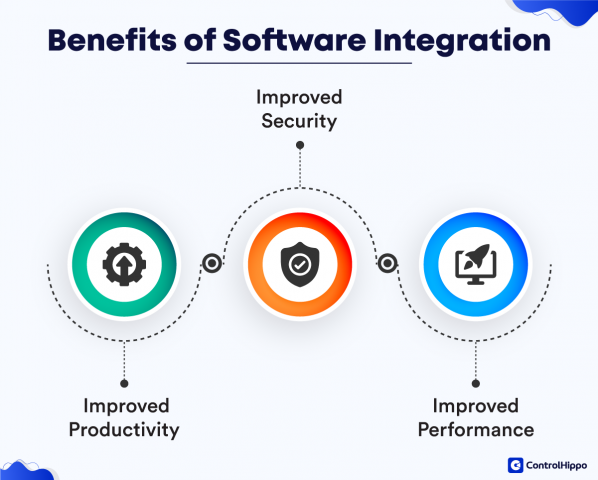AUTHOR: MICKEY JORDAN
DATE:04/02/2024
Introduction
In the rapidly evolving landscap of educational technology in India, the integration of payment processors with student management software has become a pivotal aspect for educational institutions. This article will delve into the intricacies of payment processors, the significance of their integration with student management software, and how this dynamic duo can revolutionize administrative tasks in educational settings.

Overview of Payment Processors
Facilitating smooth transactions, payment processors serve as intermediaries connecting educational institutions with financial entities, ensuring a seamless flow of financial activities. These platforms enable secure and efficient payment processing, benefiting both the institutions and their stakeholders.
Advantages for Educational Institutions
Educational institutions stand to gain significantly from adopting payment processors. From simplifying fee collection to offering various payment options, these processors enhance financial management and transparency.
Choosing the Right Payment Processor
Selecting the appropriate payment processor is crucial. Factors such as transaction fees, security features, and compatibility with existing systems should be thoroughly considered. Institutions need a solution that aligns with their specific requirements.
Student Management Software
Student management software[1] forms the backbone of educational administration. It encompasses various functions, including enrollment, attendance tracking, and academic performance monitoring. Integrating payment processors with this software creates a holistic and efficient system.
Integration with Payment Processors
The seamless integration of payment processors[2] with student management software ensures a synchronized approach. This enables real-time updates on fee payments, reducing the administrative burden and minimizing errors.
Benefits of Integrated Solutions

Streamlining Administrative Tasks
By consolidating payment processing[3] and student management, institutions can streamline administrative tasks. This integration reduces manual intervention, allowing administrators to focus on more strategic aspects of education management.
Ensuring Data Protection
Security is paramount in educational institutions. Integrated solutions provide robust security measures, safeguarding sensitive financial and personal data.
Ensuring adherence to data protection regulations fosters trust among stakeholders and solidifies the foundation of secure information management[4].
Tailoring the System to Educational Needs
Customization options offered by integrated solutions empower institutions to tailor the system according to their unique requirements. This adaptability ensures that the software aligns seamlessly with the institution’s workflow.

Enhancing the user experience
A user-friendly interface is crucial for widespread payment adoption[5]. Integrated solutions prioritize a positive user experience, making it easy for both administrators and users to navigate the system. This leads to increased efficiency and satisfaction.
Saving Resources with Efficient Solutions
Cost efficiency is a key consideration for educational institutions. Integrated solutions not only reduce administrative costs but also enhance resource allocation. This results in a more efficient use of financial and human resources.
Case Studies
Success Stories in Indian Educational Institutions
Several Indian educational institutions have embraced integrated solutions with payment processors. These success stories highlight improved financial management, reduced errors, and increased overall efficiency.
Challenges and Solutions
Overcoming Common Issues
While integrating payment processors with student management software offers numerous benefits, challenges may arise. This section addresses common issues and provides practical solutions for a smooth implementation process.
Future Trends
Emerging Technologies in Education Management
Looking ahead, the integration of payment processors with student management software is expected to evolve further. Emerging technologies, such as artificial intelligence and blockchain, hold the potential to revolutionize how educational institutions manage their finances and data.
Conclusion
In conclusion, the integration of payment processors with student management software is a game-changer for educational institutions in India. The seamless combination of financial management and administrative tasks not only enhances efficiency but also contributes to a more secure and user-friendly educational environment.
FAQs
- What are the key benefits of integrating payment processors with student management software?
- Streamlined administrative tasks, enhanced data protection, and an improved user experience are among the key benefits.
- How can institutions choose the right payment processor for their needs?
- Factors such as transaction fees, security features, and compatibility should be considered when selecting a payment processor.
- What role do case studies play in highlighting the success of integrated solutions?
- Case studies provide real-world examples of how institutions have benefited from integration, showcasing its practical impact.
- Are there challenges associated with integrating payment processors with student management software?
- Yes, common challenges may arise, but practical solutions are available to overcome them.
- What future trends can we expect in the integration of technology in education management?
- Emerging technologies like artificial intelligence and blockchain are expected to play a significant role in shaping the future of education management.

